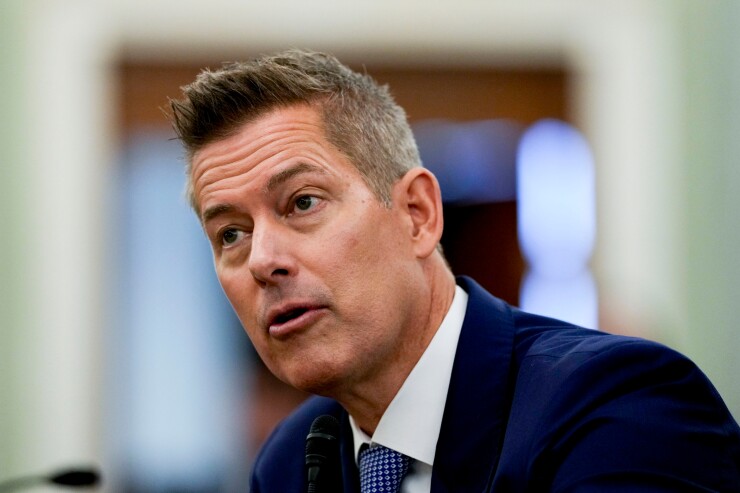
President Trump has presented a skinny budget to Congress with $163 billion in cuts for the next fiscal year as the House Transportation and Infrastructure Committee approved a proposal to appropriate $12.5 billion for the modernization of air traffic control technology and hiring more personnel.
The move was applauded by industry groups who continue to lobby for more airport infrastructure investment. One-quarter of all FAA facilities are 50 years old or older.
"The Modern Skies Coalition strongly endorses the Air Traffic Control modernization proposal from the House Committee on Transportation and Infrastructure to fund critical investments in the air traffic control system's technology, infrastructure and workforce, ensuring the United States remains the gold standard of aviation safety."
The coalition includes groups representing pilots, airlines, and airports which bear the financial brunt of maintaining the essential physical infrastructure of air travel.
Improvements are often financed at the local level with tax-exempt general revenue airport bonds, another valuable public finance tool potentially
T&I also proposes rescinding unobligated funds of the Federal Aviation Administration's Alternative Fuel and Low-Emission Aviation Technology Program, a program left over from the Biden administration.
Per a statement from T&I, "The agency's role and purpose is ensuring aviation safety – not developing sustainable fuels."
So far, the FAA is coming out ahead in the budget wars as the continuing resolution passed in March boosted federal funding into the Airport Improvement Program by $4 billion.
The DOT is tapping increased funding to recruit and retain air traffic controllers, a point of emphasis since a deadly crash of an Army helicopter and an American Airlines commuter plane at Washington Ronald Reagan National Airport in January.
The DOT announced progress on the effort on Thursday.
"In our first 100 days, this administration has made more progress on addressing the air traffic controller shortage than the last one did in four years." said U.S. Transportation Secretary Sean P. Duffy.
"But there's more work to be done to secure our skies. Today's actions will supercharge the air traffic controller workforce from both retention and hiring side of the equation – bringing us one step closer to reversing decades of staffing declines."
The FAA currently employs about 13,800 controllers, a number that is considered 3,000 people short of a fully staffed service.
The robust combination of expansion tactics includes a limited-time incentive package to keep experienced controllers from retiring and cash incentives for new recruits.
Secretary Duffy has also "streamlined hiring by changing the old eight-step hiring process at the FAA to a five-step process. This has already shaved five months off the old hiring process, enabling the FAA to refer more than 8,320 candidates to take the aptitude exam."
The aviation sector continues to struggle with funding challenges including a Passenger Facility Charge that hasn't been updated from $4.50 a head since 2000. PFC's are used to pay for bonds issued to build runways and terminals. Many airports are carrying large debt loads trying to keep up.





